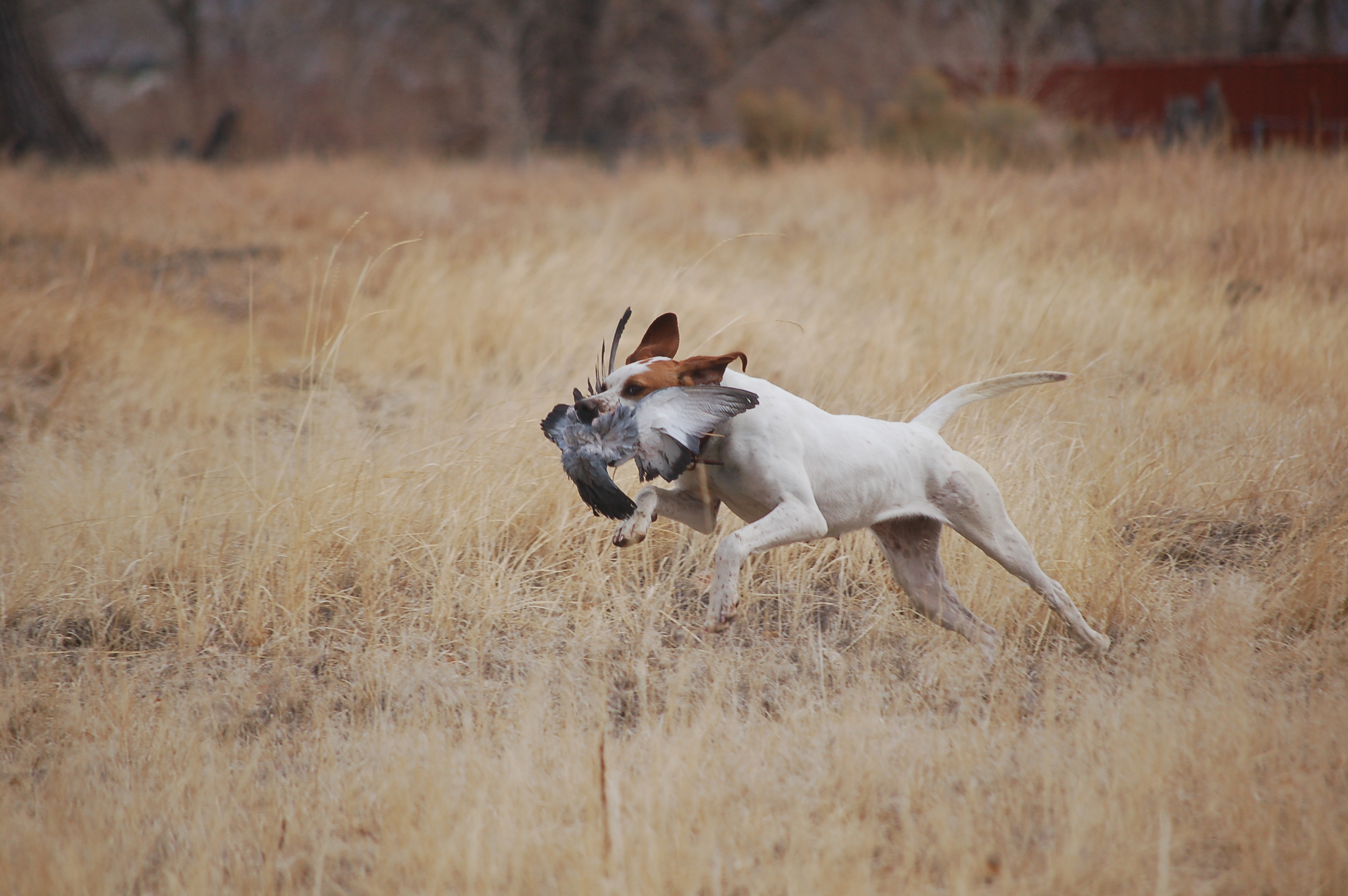As an avid upland hunter with my owner hunting dogs, it is important for you to know how to care for your gun dogs eyes.
Gun dogs are constantly in an environment prime for eye injury. Dogs’ eyes can attract all sorts of debris due to running through weeds, brush, and grass while hunting. It is essential that we observe and care for our hunting partners’ eyes to ensure they remain in the best of health. This may include rinsing the eyes with saline after a day of hunting and watching for signs of irritation or discomfort. This article will help you navigate the best way to watch and monitor your gun dog.
So how do you monitor your dog before, during, and after hunting? Start by looking at your dog in a brightly lit area. You should see that the eyes are clear and bright. The whites around the eyes should be white, not pink or red. The pupils should be equal in size and there should be no tearing, discharge, or crusts around the eyes.
Open the eyelids by gently rolling them out and looking in the “pockets”. This pocket is the conjunctival fornix – the space between the eye and the conjunctiva of the eyelid. This tissue should be pink, not red or white. These pockets can hold debris and if present should be rinsed with a stream of saline. Saline rinse can be purchased over the counter at any grocery store or pharmacy (Example: OcuSoft Eye Wash). Get in the habit of opening your dogs’ eyes and checking these “pockets.” This will help you recognize when they are red and irritated versus a normal pink appearance. The more you handle your dogs’ eyes and eye area, especially when they are young, the easier it will be to treat them if an injury should occur. Make it fun when they are young. Teach them to quietly sit (Flushers) or stand (Pointers) while you look at and examine their eyes. Reward them with treats or follow it with playing fetch.
Now that you know what to monitor, it is important to distinguish irritation from injury. Irritation can occur due to an accumulation of seeds or dust inside the eyelids. With irritation you may note a mild increase in redness or mild tearing, but this should last no more than 24 hours after it is first noted. Injury on the other hand is painful. Eye pain in dogs is characterized by squinting, tearing, and redness. You may also note that the third eyelid is raised. Anytime your gun dog holds their eye(s) closed (even just partly) and will not open them normally, it is essential that you seek a veterinarian examination. Injuries to the eye can be devastating if not quickly diagnosed and treated appropriately. Other signs to watch for that indicate the need for an eye exam by your veterinarian include: changes in eye color, cloudiness, unequal pupil sizes, discharge, and tear staining. Persistent rubbing at the eyes is often a sign of an eye problem and should be evaluated.
Also remember that on the drive out to that perfect hunting spot, avoid having your gun dog hang their head outside the car window. Although they may love the open road and wind in their face, this predisposes the eyes to drying out as well as debris and insects hitting their eyes.
Lastly, do your research and know if your gun dog breed of choice may have predispositions to eye conditions such as dry eye, glaucoma, or progressive retinal atrophy. Annual eye exams with your veterinarian are important and combining that with the knowledge of possible inherited problems will help you take important precautions.


